Ever notice your eczema acting up in the days before your period? You’re not imagining it. The shifting tides of estrogen and progesterone can influence your skin’s barrier, immune response, and moisture balance — setting the stage for flare-ups.
At Rejûvaskin, we believe in caring for skin based on biology — not just symptom relief. In this article, we explore how hormonal cycles affect eczema and how the right skincare (like our Skin Recovery Cream) can help your skin stay calm, hydrated, and balanced — month after month.
How Hormones Influence Skin & Eczema
Estrogen Supports the Skin Barrier
Multiple studies show that estrogen plays a protective role in skin physiology. It enhances keratinocyte differentiation, increases epidermal thickness, and helps fortify the barrier (Gratton et al., 2022).
During phases when estrogen is stronger (follicular, ovulation), skin tends to retain moisture better and resist external irritants.
Progesterone & Hormonal Imbalance: Double-Edged Effects
Progesterone has a more complex role. In some contexts, it may weaken the skin barrier and promote increased water loss (TEWL) when estrogen balance is low (Gratton, R., Del Vecchio, C., Zupin, L., & Crovella, S. 2022)
Moreover, progesterone surges in the luteal phase (the week before menstruation) may exacerbate immune inflammation or hyperreactivity in sensitive individuals. Some rare cases of autoimmune progesterone dermatitis present cyclic dermatitis in conjunction with menstrual cycles, and retrospective case series highlight skin eruptions tied to endogenous progesterone peaks (Aghazadeh et al., 2022)
Immune Shifts & Eczema
Hormones also modulate immune signaling. Post-puberty, female sex hormones can skew toward Th2/regulatory T (Treg) pathways, which are relevant in atopic dermatitis (AD) and eczema (The Roles of Sex Hormones in the Course of Atopic Dermatitis)
Additionally, research shows that estrogen supports barrier recovery and skin integrity, while progesterone or androgens may impair barrier function or increase transepidermal water loss (Hormonal Effects on Asthma, Rhinitis, and Eczema, PMC)
Taken together, the hormonal fluctuations across the menstrual cycle can produce a “window of vulnerability” for eczema — especially when estrogen dips and progesterone rises.
Why Eczema Flares Around the Period
Here’s what often happens leading up to menstruation:
-
Estrogen drops → weaker barrier, less hydration
-
Progesterone dominates → may further impair barrier, trigger inflammatory signals
-
Increased TEWL (water loss) → dryness, cracking, irritation
-
Immune reactivity rises → easier for allergens/irritants to provoke eczema
In fact, studies estimate 47% of women with eczema report worsening symptoms in the week before menstruation, aligning with these hormonal shifts.
This isn’t just anecdotal — the biology supports that the skin is more susceptible during certain cycle phases.
Supportive Care: How Rejûvaskin Helps Skin Stay Balanced
Knowing the biology helps us choose smarter care. Skincare that supports barrier repair, locks in moisture, and calms inflammation is especially powerful during hormonally sensitive times.
Barrier-Repair & Hydration First
Choose creams rich in ceramides, fatty acids, and humectants. These help mimic skin lipids and restore lost hydration.
-
Rejûvaskin Skin Recovery Cream is designed for compromised, irritated, or reactive skin. Its formulation supports barrier repair and soothes inflammation — ideal for when hormones push your skin off balance.
Gentle Routine, No Stripping
Avoid over-cleansing, alcohol-based toners, or frequent exfoliants. Use mild, fragrance-free products to preserve your barrier.
Preemptive Support
If you know your skin tends to flare in the luteal phase, begin focusing on hydration and calming actives a few days in advance. Shield your skin from harsh climates, wind, or indoor heating.
Hormonal eczema — it’s real. The ebb and flow of estrogen and progesterone can meaningfully affect your skin barrier and immune response, making eczema flare-ups more likely during menstrual cycles.
But you don’t have to feel powerless. With knowledge + gentle, supportive skincare, you can help your skin stay calmer, hydrated, and stronger — all month long.
Works Cited
-
Aghazadeh, N., Berry, N. A., Torgerson, R. R., Park, M. A., & Davis, D. M. R. (2022). Autoimmune progesterone dermatitis: a retrospective case series. Retrieved from Link
-
Gratton, R., Del Vecchio, C., Zupin, L., & Crovella, S. (2022). Unraveling the Role of Sex Hormones on Keratinocyte Functions in Human Inflammatory Skin Diseases. International Journal of Molecular Sciences, 23(6), 3132. Link
-
Kanda, N., Hoashi, T., & Saeki, H. (n.d.). The Roles of Sex Hormones in the Course of Atopic Dermatitis. Retrieved from Link
- Hormonal Effects on Asthma, Rhinitis, and Eczema. (n.d.). PMC. Retrieved from Link
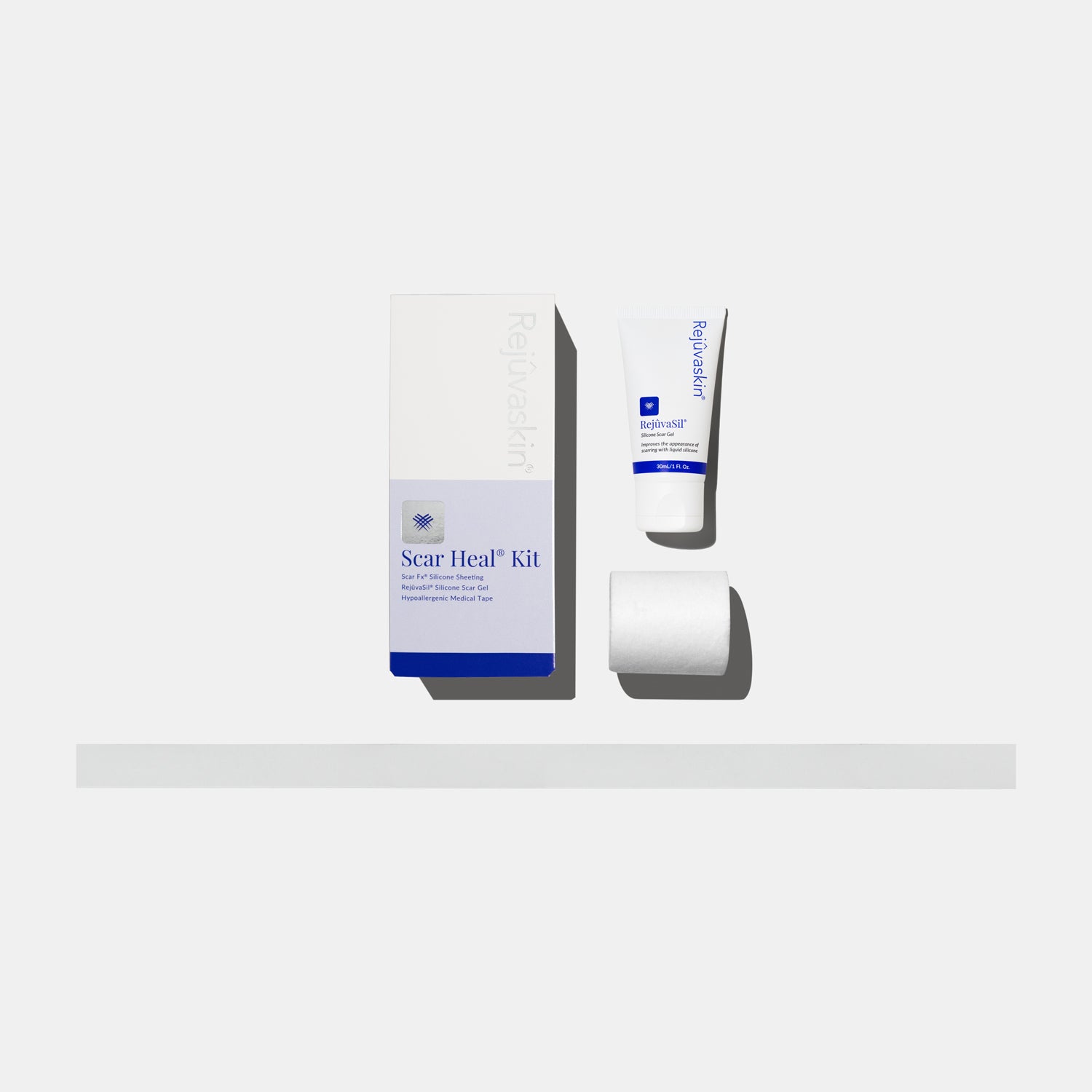


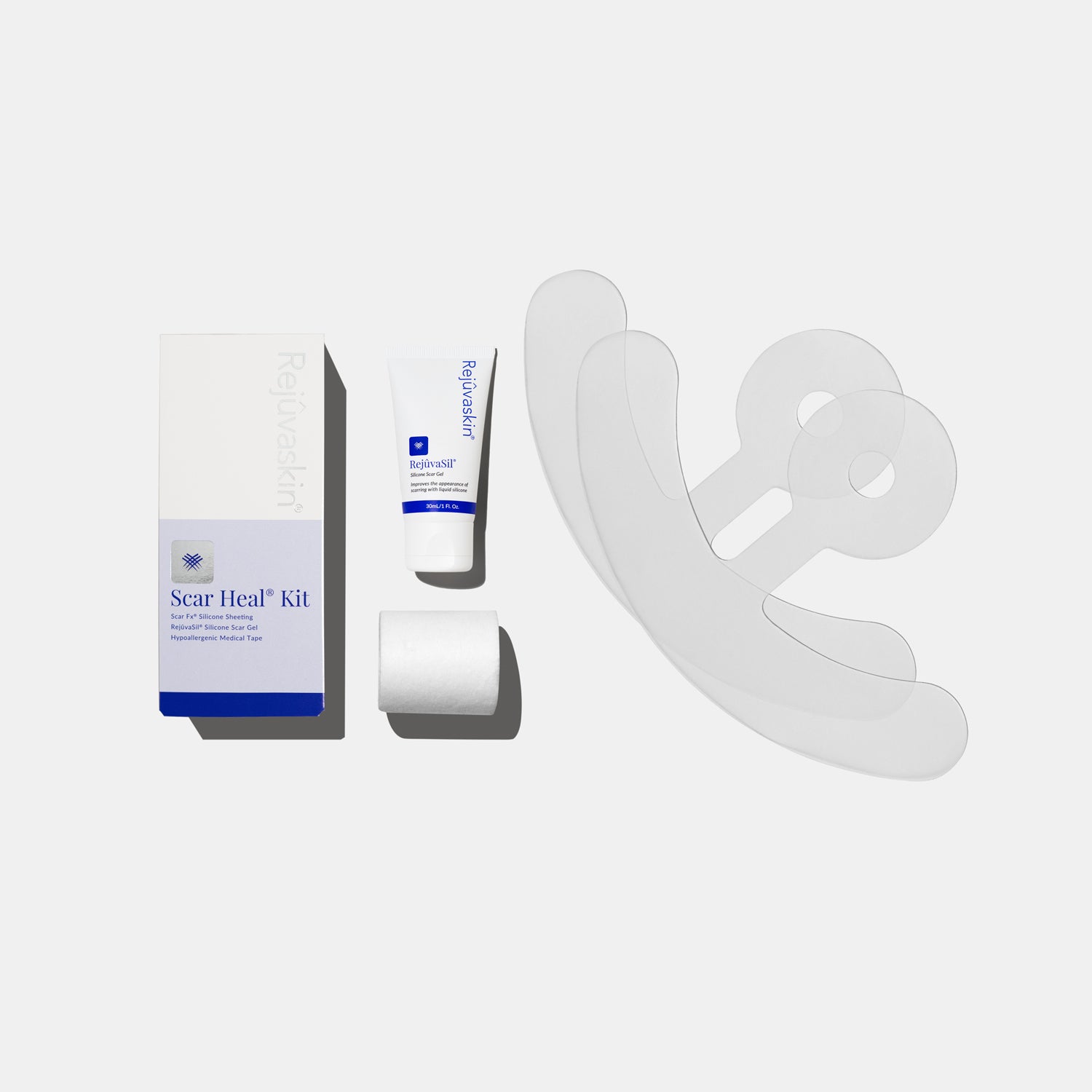
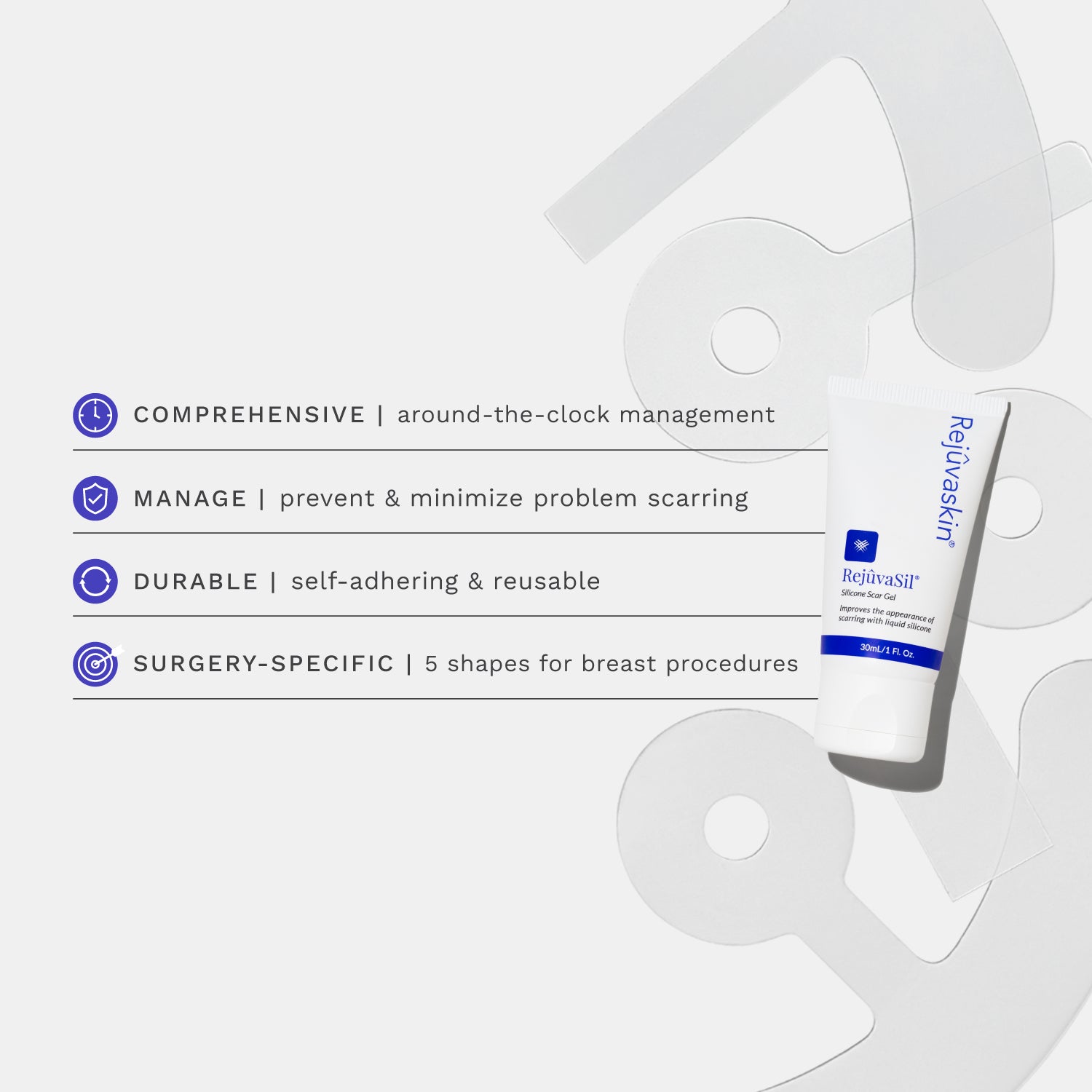
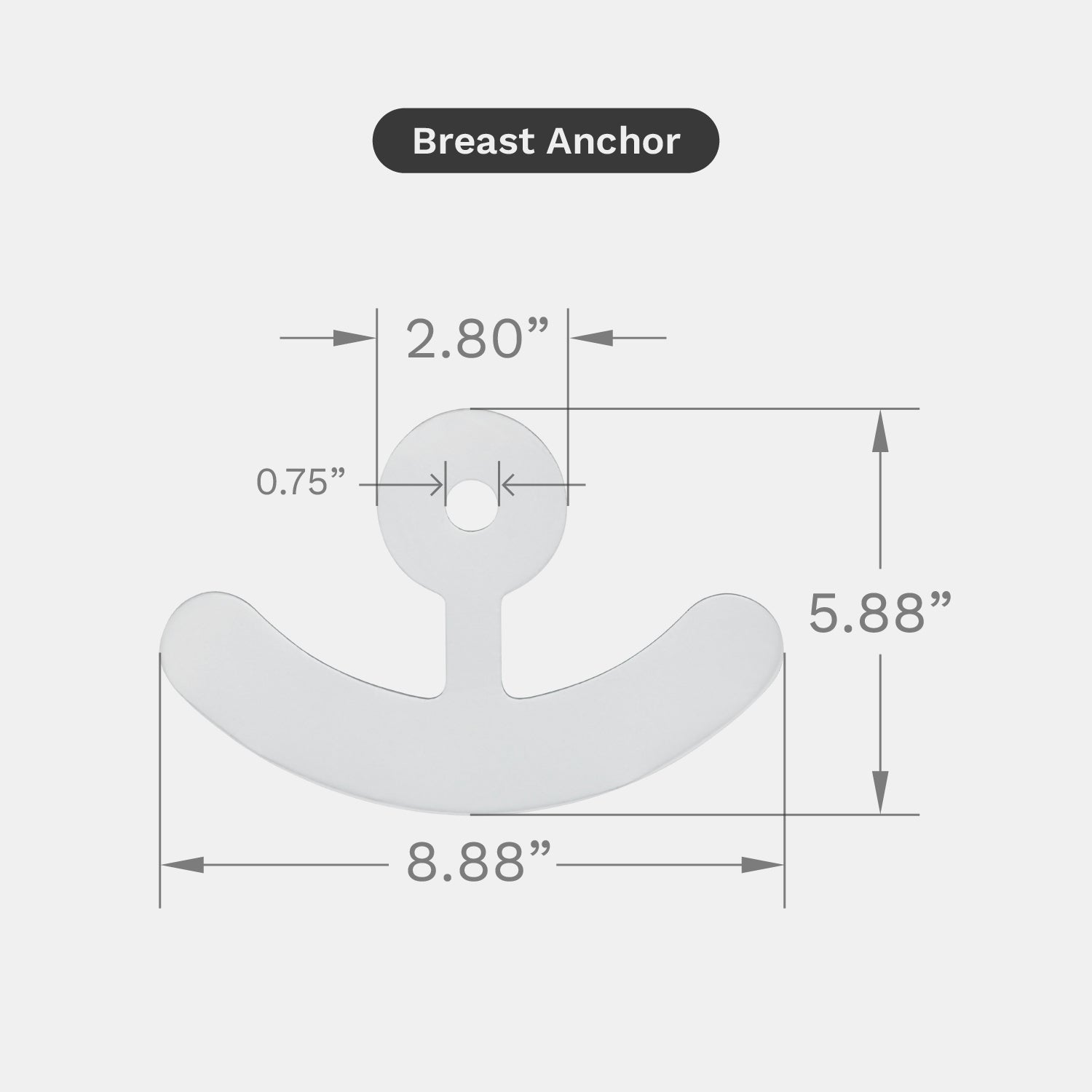
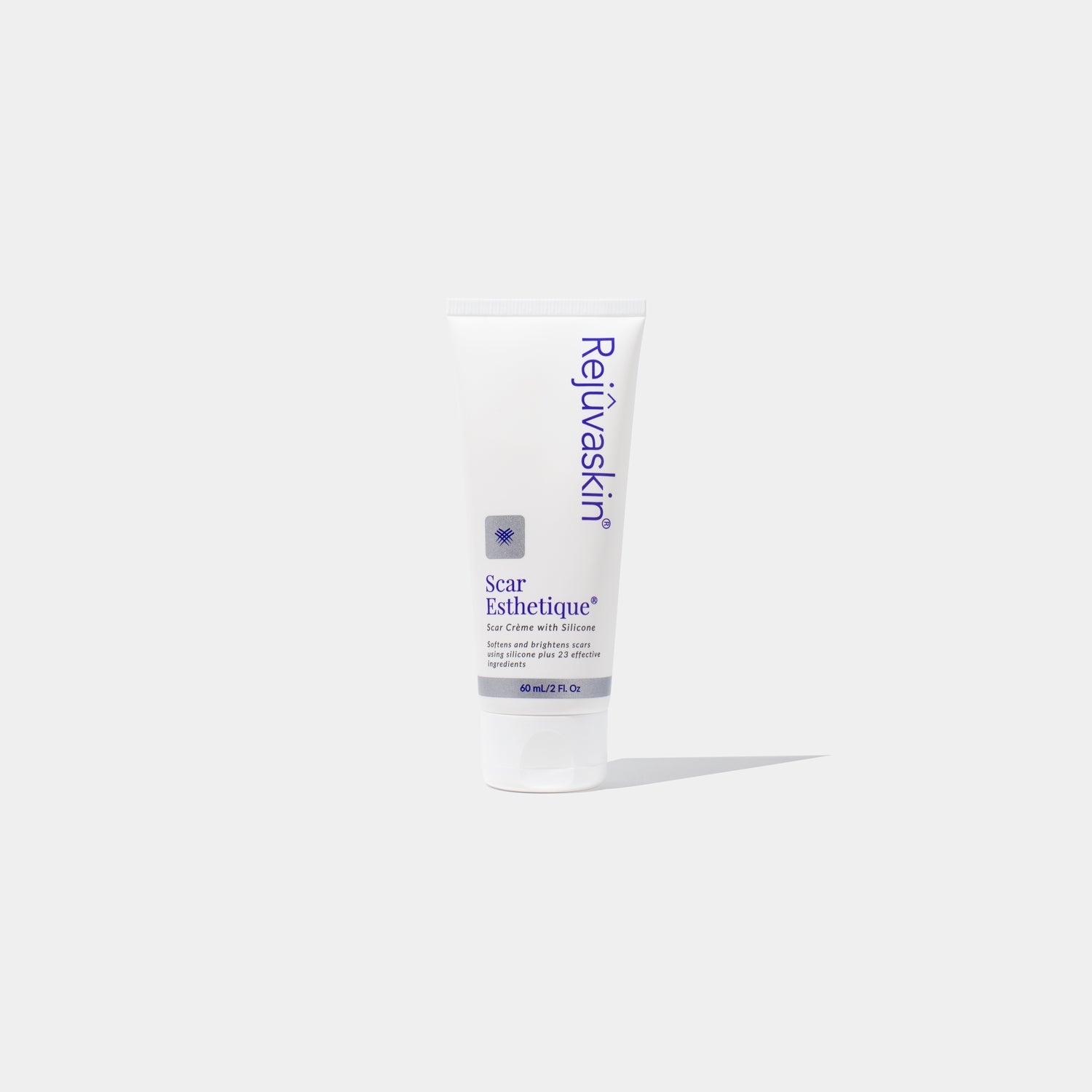
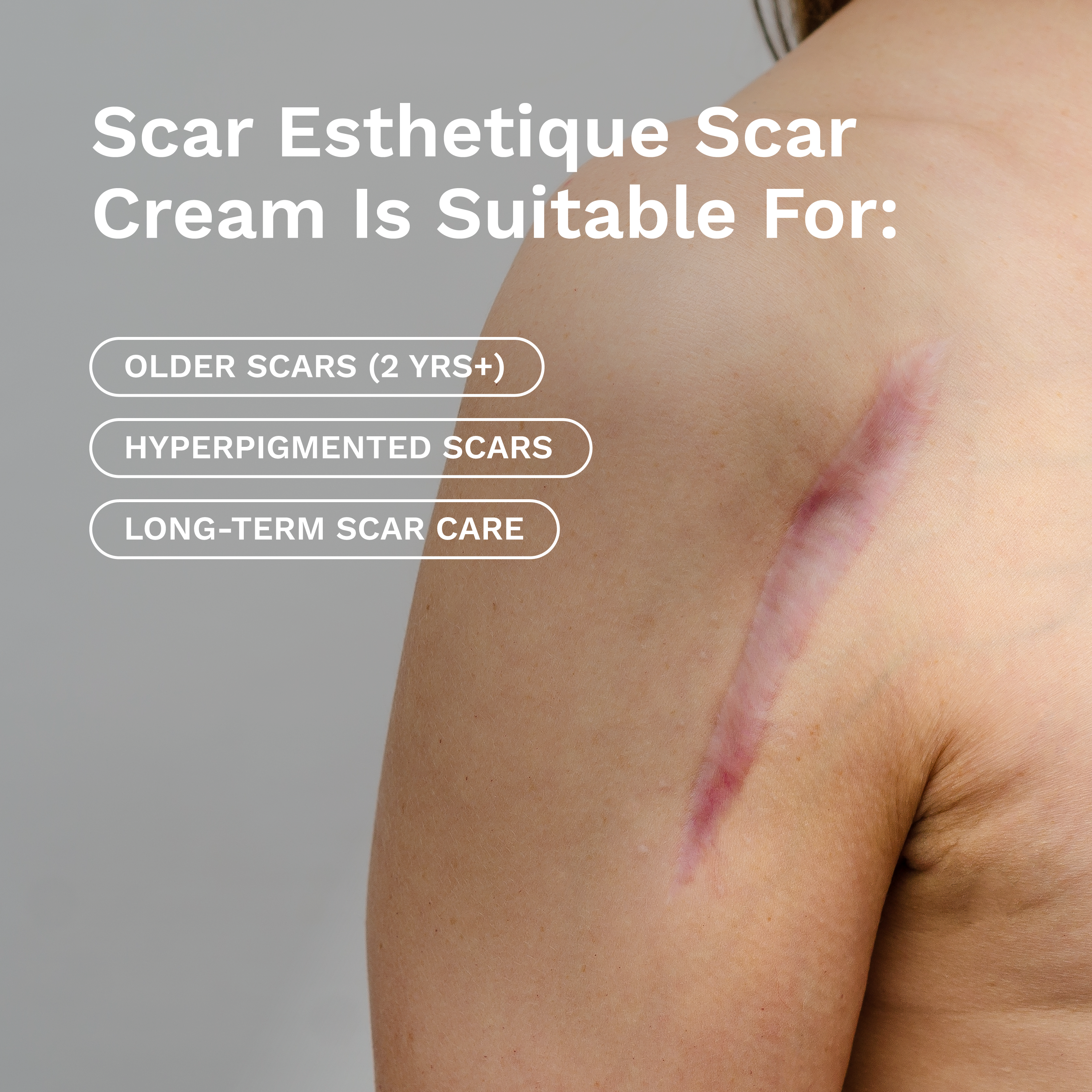








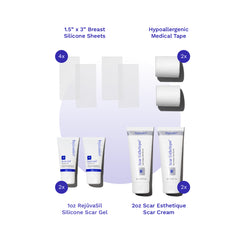
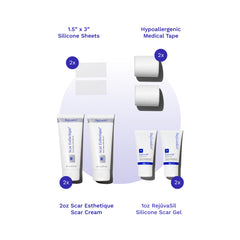

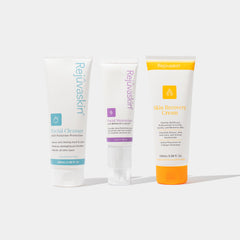

Leave a comment